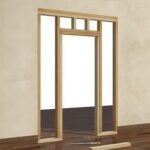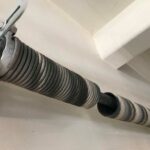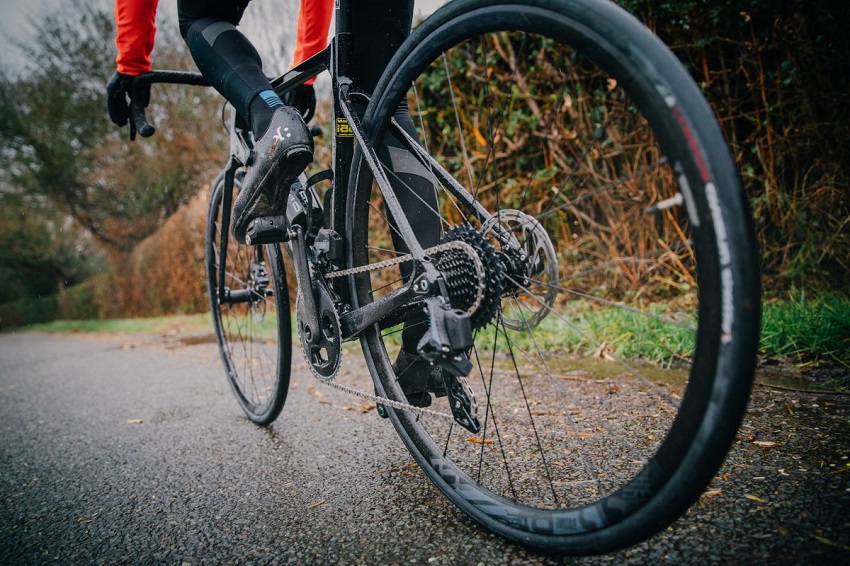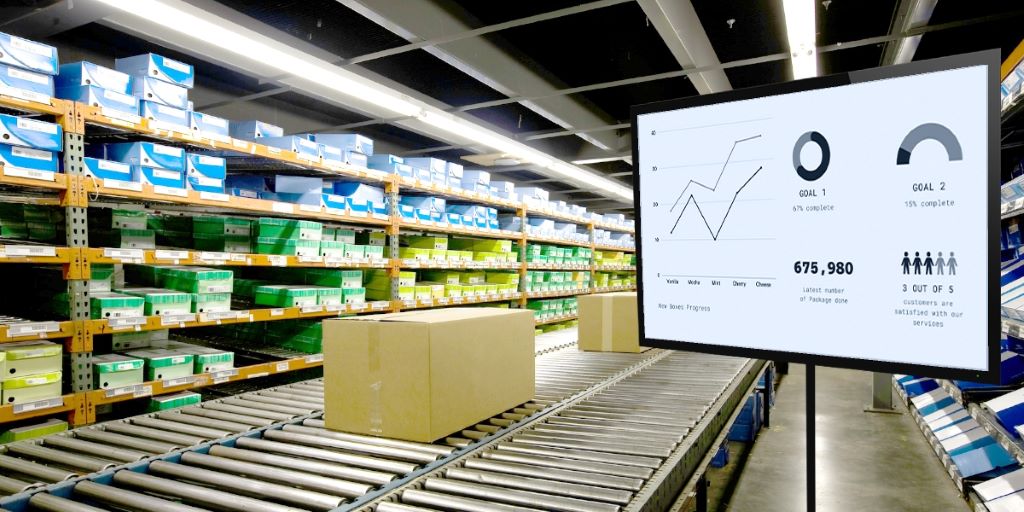Using the bike’s gears or gears properly helps each pedal stroke to be more efficient. In addition, its correct use prolongs the useful life of the components of the power train and of your knees. Here we explain how to use the gears on your bike.
Speed function
In simple terms, the bike’s gears have the main function of allowing efficient hill climbing, starting, and acceleration. Regardless of the number of speeds or the type of gear your bike is equipped with, its aim is to allow a more constant cadence in different conditions. Read also: Best fat bikes under $500
The rate refers to the number of revolutions per minute with which pedaled. With a high cadence, the revolutions of the cranks will be higher. On the other hand, with a low cadence, the pedaling will be slower.
We could say that a suitable cadence is one that allows you to apply a good level of force on the pedals without exerting excessive force with your legs. It depends a lot on physical condition, but an effective cadence is between 80 and 90 revolutions per minute (rpm).
With this in mind, when tackling a hill, you should select a gear ratio that allows you to maintain this cadence without the need to apply excessive force to keep moving. Thus, on the contrary, to accelerate on flat terrain or with a negative slope, high speeds will help us to accelerate without the need to excessively increase cadence, but rather by applying more force, as we will see later.
The mechanism
Most of the gears we find on the market use derailleurs (in some countries, the term derailleur is reserved for the front derailleur) or gears to engage the chain on the different chainrings and sprockets of the bicycle.
There are also internal changes. The vast majority of internal gears contain a speed reducer in the rear hub of the bicycle, although there are some manufacturers that include it in the bottom bracket shell.
In some cases, this type of change can be combined with derailleur gears. For example, the 6-speed Brompton folding bikes, which combine three internal speeds and two sprockets.
Internal changes
In the case of mechanical changes, the selection of speeds is achieved through the regulation of the tension of cables or cables connected, either to the derailleur (external changes) or to the speed reducer (internal changes). In addition, in recent years, the use of electronic gears has become popular in high-end bicycles. In this case, there are models with electronic or wireless wiring, as is the case with the SRAM models.
The controls
The regulation of the tension or the sending of the electronic signal that controls the position of the gears is achieved through the controls. These are currently found on the handlebars of the bicycle, although on older bikes, they can be found attached to the sides of the frame (usually on the down tube).
On the vast majority of bicycles, the right knob controls the rear derailleur to select the desired sprocket on the cassette. For its part, the left knob controls the front derailleur to select the desired platter. There are some exceptions to this rule, so it is advisable to make sure of the settings on a bike that is being used for the first time.
Friction or indexed mechanical shifts
This is a continuous movement mechanism in which the person has to regulate the movement to select the desired sprocket or chainring. It is more common on older bikes. However, these types of mechanisms can be a good alternative for adventure riders, as they may require less frequent adjustment or may offer some functionality even with a damaged derailleur.
Indexed gears
Unlike friction gears, in this mechanism, the lever has fixed positions in which each one corresponds to a pinion or plate. For the mechanism to work properly, it is necessary that the entire system is well adjusted.
The right combination
We already mentioned it. The speeds will help maintain efficient pedaling, allowing a proper cadence at all times. Now is the time to understand how to achieve that with the proper selection of sprocket and chainring.
It is important to note that there is no absolute rule. The ratio and range of speeds of a bicycle will depend directly on the characteristics of its components. Similarly, the selection of the most suitable combination depends on the road conditions and the physical condition of each person.
In general, the smaller the chainring and the larger the sprocket, you can pedal with less resistance, so these speeds are often called soft or low. At low speed, the rear wheel travels less distance for each revolution of the pedals. These types of combinations are useful for efficient starting or climbing hills.
Small plate large pinion
Diagram 1: Combination of small chainring and large pinion. The rear wheel travels less distance for each pedal stroke.
On the contrary, the larger the chainring and the smaller the sprocket we use, the rear wheel will travel a greater distance for each revolution of the pedals. A combination of this type is called high speed or hard speed and is reserved for when going at high speed. The pedaling resistance is greater, making it difficult to start or climb a hill if you are at too high a speed.
Diagram 2: With a combination of the large chainring and small sprocket, the rear wheel travels more distance for each pedal stroke.
An important consideration is to avoid the combination of a large chainring with a large pinion and a small chainring with a small pinion. These combinations cause the chain to work at an extreme angle, which is inefficient and exacerbates wear on the teeth. In addition, there may be friction between the chain and the front derailleur.
Combination to avoid
One of the most common mistakes made by people who are just starting out in the world of cycling is starting at high speed. In this case, it is necessary to apply too much force so that the wheel begins to turn.
Ideally, start at a low gear that allows you to put the wheel in motion with little force applied to the pedal. Once you are on the move, you can change speed as needed.
It can vary depending on the slopes you usually pedal, but in most cases, medium speeds will be the most used. Taking as an example a bicycle with 3 chainrings and 7 sprockets.
Common combinations in the city
When rolling on flat terrain, downhill, or with the wind in your favor, it will be advisable to use high speeds, advancing more with each pedal stroke. This will allow you to generate greater speed while maintaining cadence.
In many cases, it is necessary to slow down or even come to a complete stop. In these cases, it is convenient to anticipate the change in speed.
For example, if the traffic light turns red before fully braking, it is recommended to shift to a lower gear in order to be able to start efficiently when the light turns green.
At some point on your journeys, you will find a slope. In these cases, you have to change to a low or smooth speed before pedaling becomes heavy. Remember to maintain your cadence at all times.
If the slope is slight, it will be enough to play with the pinions. On the other hand, if the slope is quite steep, the ideal is to change to the smallest chainring (if your bike is not a single chainring ) and then start playing with the sprockets until you find the combination that allows you to maintain an adequate cadence.
At first, it can be confusing to have so many possible combinations on the bike. If you are interested in going into more detail about the operation of the speeds, I recommend that you read the shocking truth about the speeds of your bicycle.
Recommendations for using the changes correctly
Familiarize yourself with the bike – before riding for the first time, it is important to make sure that the operation of the controls, both which control controls which gear as well as that they are working properly.
Avoid crossing the chain – be careful not to use the bike with the combinations of a large chain with a large sprocket as well as a small chain with a small sprocket. At first, you may have to work a little and be very aware of the position of your chain, but as you become more familiar with your bike, it will become automatic.
Anticipate and select the right ratio – remember to make the changes a little before you really need to. If you are approaching a climb, you know that you are going to slow down considerably or come to a complete stop, switch to a lower gear ratio. If you need more acceleration on a flat road or downhill, go up to a higher speed to prepare for your attack.
Shift when the chain is not in extreme tension – external shifting (mechanical or electronic) requires pedaling for the chain to move to the selected position. However, if you shift when you are applying excessive force, you run the risk that the chain will not engage properly with the teeth of the chainring or sprocket. This is why it is important to anticipate changes and make them before they are actually needed.
The best way to understand how our changes work is by experimenting. A fairly easy way to identify a bad chainring-sprocket combination is by ear. If you hear that the chain is making a lot of noise, it is an indication that the chain is working at a very tight angle.











